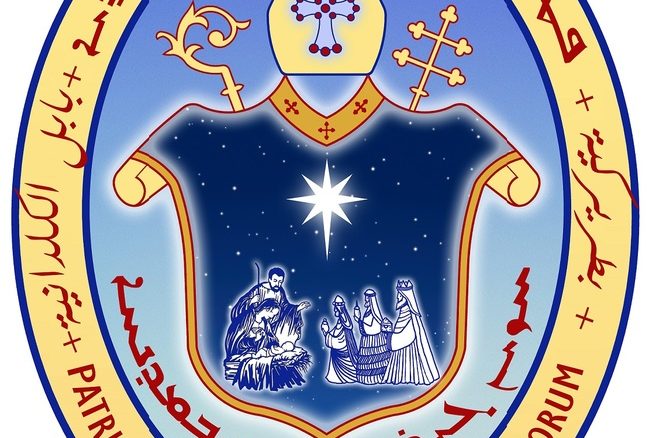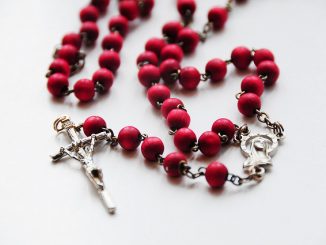
What do you think about when you hear about the Catholic Church? Images of Pope Francis, the Vatican, or hearing Latin words may come to mind. When the average person hears about the Catholic church their mind turns to the Latin rite. The Latin Rite is famously known as the Roman Catholic Church, but there are several other rites, all in communion with Rome, that make up the beautiful diversity of the Catholic Church. Regarding these rites paragraph 1203 of the Catechism states, “The liturgical traditions or rites presently in use in the Church are the Latin (principally the Roman rite, but also the rites of certain local churches, such as the Ambrosian rite, or those of certain religious orders) and the Byzantine, Alexandrian or Coptic, Syriac, Armenian, Maronite and Chaldean rites. In faithful obedience to tradition, the sacred Council declares that Holy Mother Church holds all lawfully recognized rites to be of equal right and dignity, and that she wishes to preserve them in the future and to foster them in every way”.
Within paragraph cited we read about the Chaldean rite. What is it? How does it differ from the Roman rite? The Chaldean church finds its roots as the Church of the East and can be traced to St. Thomas the Apostle. The church, as can be suspected, has the seven sacraments that make up Catholic theology. The main liturgical language of the church is Syriac, which is a variation of the Aramaic that Christ spoke.
The Church has a storied history, and as part of the Assyrian church in ancient times, broke communion with Rome during the Nestorian controversy. Starting in 1552 many Chaldean bishops entered into communion with Rome. The number of bishops coming into communion is still growing today. In 1830 the Holy See established the Patriarchate of Babylon of the Chaldeans. The result of this brought about a great deal unity and strength for the Chaldeans. The effect is similar to that that Anglicans coming into the church have with the Anglican Ordinariate.
The liturgy is similar to the Roman rite, but with a few differences. The words of institution that we are used to hearing are not in the part of the liturgy we are used to. It is spread through the Eucharistic prayer, so it can be easily missed by my Roman Rite brethren. The Chaldean Church do not have as many feast days and their Roman counterpart. Lastly, the entire liturgy is chanted.
Sadly, our brethren of the Chaldean rite have faced harsh persecution in recent years. The Chaldean rite is headquartered in Baghdad, Iraq. As a result, some 244,000 of the world’s Chaldeans 536,525 live in Iraq. There churches have be set on fire, bombed, and being a Christian in the region has been challenging to say the least. There are Chaldeans spread throughout the world with 3,400 in Iran; 7,000 in Jordan; 20,000 in Lebanon; 2,000 in Egypt; 30,000 in Syria; almost 5,000 in Turkey; almost 170,000 in the United States; 37,000 in Australia; and 18,500 in Canada. The Chaldean rite is beautiful, and the church I visited a few years ago sang the Our Father in Aramaic. It was a moving experience to hear the prayer in the language that our Lord used.
Written by Guest Blogger: William Hemsworth



